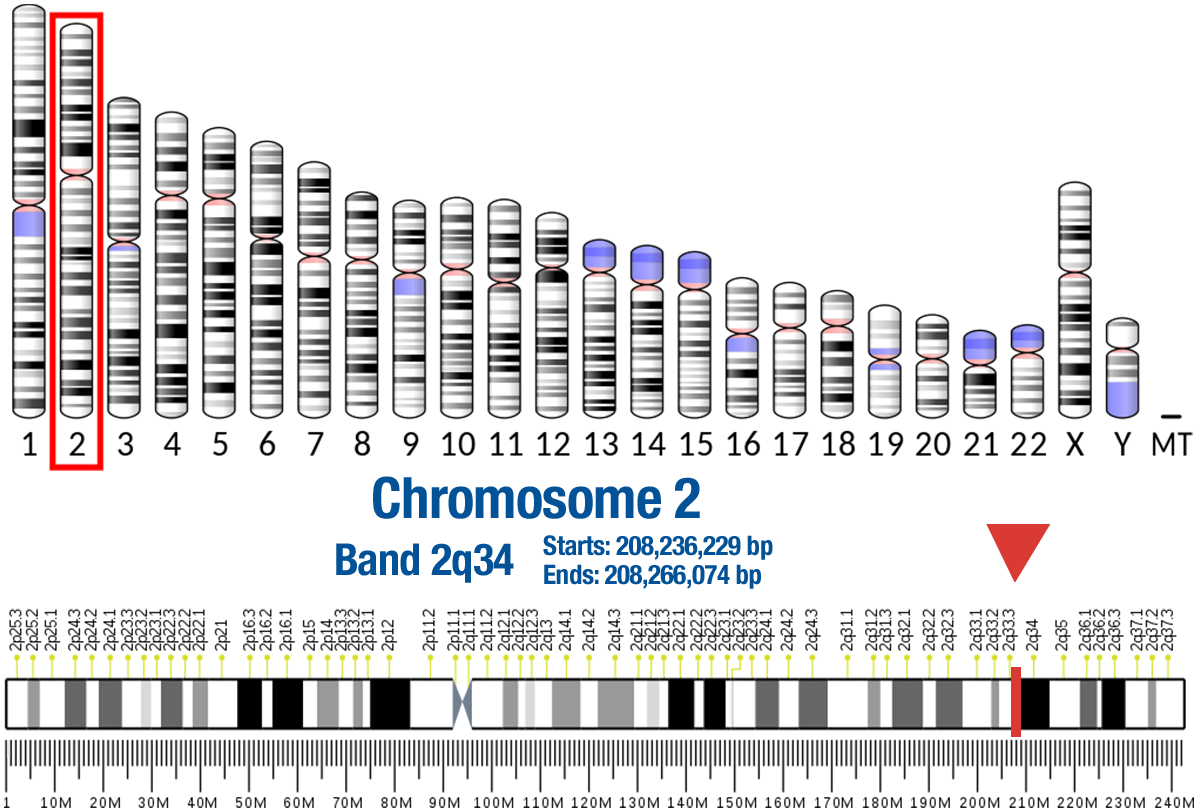
Isocitrate dehydrogenases catalyze the oxidative decarboxylation of isocitrate to 2-oxoglutarate. These enzymes belong to two distinct subclasses, one of which utilizes NAD(+) as the electron acceptor and the other NADP(+). Five isocitrate dehydrogenases have been reported: three NAD(+)-dependent isocitrate dehydrogenases, which localize to the mitochondrial matrix, and two NADP(+)-dependent isocitrate dehydrogenases, one of which is mitochondrial and the other predominantly cytosolic. Each NADP(+)-dependent isozyme is a homodimer. The protein encoded by this gene is the NADP(+)-dependent isocitrate dehydrogenase found in the cytoplasm and peroxisomes. It contains the PTS-1 peroxisomal targeting signal sequence. The presence of this enzyme in peroxisomes suggests roles in the regeneration of NADPH for intraperoxisomal reductions, such as the conversion of 2, 4-dienoyl-CoAs to 3-enoyl-CoAs, as well as in peroxisomal reactions that consume 2-oxoglutarate, namely the alpha-hydroxylation of phytanic acid. The cytoplasmic enzyme serves a significant role in cytoplasmic NADPH production. Alternatively spliced transcript variants encoding the same protein have been found for this gene. [provided by RefSeq, Sep 2013]
Tumor type associations:
- Bladder
- Colorectal
- Endometrial
- Liver
- Melanoma
- Enablesmagnesium ion binding
- Esocitrate dehydrogenase activity
- Enables isocitrate dehydrogenase (NADP+) activity
- Enables protein binding
- Oxidoreductase activity
- Located in extracellular region
- Located in cytoplasm
- Is active in mitochondrion
- Located in peroxisome
- Located in peroxisomal matrix
- Involved in glyoxylate cycle
- Involved in tricarboxylic acid cycle
- Involved in isocitrate metabolic process
- Involved in 2-oxoglutarate metabolic process
- Involved in NADP metabolic process
Catalyzes the NADP(+)-dependent oxidative decarboxylation of isocitrate (D-threo-isocitrate) to 2-ketoglutarate (2-oxoglutarate), which is required by other enzymes such as the phytanoyl-CoA dioxygenase (PubMed:10521434, PubMed:19935646). Plays a critical role in the generation of NADPH, an important cofactor in many biosynthesis pathways (PubMed:10521434). May act as a corneal epithelial crystallin and may be involved in maintaining corneal epithelial transparency (By similarity). IDHC_HUMAN,O75874
- Enchondromatosis, Multiple, Ollier Type
- Metaphyseal Enchondromatosis With D-2-Hydroxyglutaric Aciduria
- Glioma Susceptibility 1
- Multiple Enchondromatosis, Maffucci Type
- Leukemia, Acute Myeloid
- Giant Cell Glioblastoma
- Gliosarcoma
- Low Grade Glioma
- Enchondroma
- Brain Cancer
- Diffuse Astrocytoma
- Brain Stem Glioma
- Paroxysmal Extreme Pain Disorder
- Dysembryoplastic Neuroepithelial Tumor
- Spindle Cell Hemangioma
- Spinal Cord Astrocytoma
- Chondroblastic Osteosarcoma
IDH1 localizations – Subcellular Localization Database
Isocitrate dehydrogenases catalyze the oxidative decarboxylation of isocitrate to 2-oxoglutarate. These enzymes belong to two distinct subclasses, one of which utilizes NAD(+) as the electron acceptor and the other NADP(+). Five isocitrate dehydrogenases have been reported: three NAD(+)-dependent isocitrate dehydrogenases, which localize to the mitochondrial matrix, and two NADP(+)-dependent isocitrate dehydrogenases, one of which is mitochondrial and the other predominantly cytosolic. Each NADP(+)-dependent isozyme is a homodimer. The protein encoded by this gene is the NADP(+)-dependent isocitrate dehydrogenase found in the cytoplasm and peroxisomes. It contains the PTS-1 peroxisomal targeting signal sequence. The presence of this enzyme in peroxisomes suggests roles in the regeneration of NADPH for intraperoxisomal reductions, such as the conversion of 2, 4-dienoyl-CoAs to 3-enoyl-CoAs, as well as in peroxisomal reactions that consume 2-oxoglutarate, namely the alpha-hydroxylation of phytanic acid. The cytoplasmic enzyme serves a significant role in cytoplasmic NADPH production. Alternatively spliced transcript variants encoding the same protein have been found for this gene. [provided by RefSeq, Sep 2013]
Tumor type associations:
- Bladder
- Colorectal
- Endometrial
- Liver
- Melanoma
- Enablesmagnesium ion binding
- Esocitrate dehydrogenase activity
- Enables isocitrate dehydrogenase (NADP+) activity
- Enables protein binding
- Oxidoreductase activity
- Located in extracellular region
- Located in cytoplasm
- Is active in mitochondrion
- Located in peroxisome
- Located in peroxisomal matrix
- Involved in glyoxylate cycle
- Involved in tricarboxylic acid cycle
- Involved in isocitrate metabolic process
- Involved in 2-oxoglutarate metabolic process
- Involved in NADP metabolic process
Catalyzes the NADP(+)-dependent oxidative decarboxylation of isocitrate (D-threo-isocitrate) to 2-ketoglutarate (2-oxoglutarate), which is required by other enzymes such as the phytanoyl-CoA dioxygenase (PubMed:10521434, PubMed:19935646). Plays a critical role in the generation of NADPH, an important cofactor in many biosynthesis pathways (PubMed:10521434). May act as a corneal epithelial crystallin and may be involved in maintaining corneal epithelial transparency (By similarity). IDHC_HUMAN,O75874
- Enchondromatosis, Multiple, Ollier Type
- Metaphyseal Enchondromatosis With D-2-Hydroxyglutaric Aciduria
- Glioma Susceptibility 1
- Multiple Enchondromatosis, Maffucci Type
- Leukemia, Acute Myeloid
- Giant Cell Glioblastoma
- Gliosarcoma
- Low Grade Glioma
- Enchondroma
- Brain Cancer
- Diffuse Astrocytoma
- Brain Stem Glioma
- Paroxysmal Extreme Pain Disorder
- Dysembryoplastic Neuroepithelial Tumor
- Spindle Cell Hemangioma
- Spinal Cord Astrocytoma
- Chondroblastic Osteosarcoma
IDH1 localizations – Subcellular Localization Database
Gene Location


